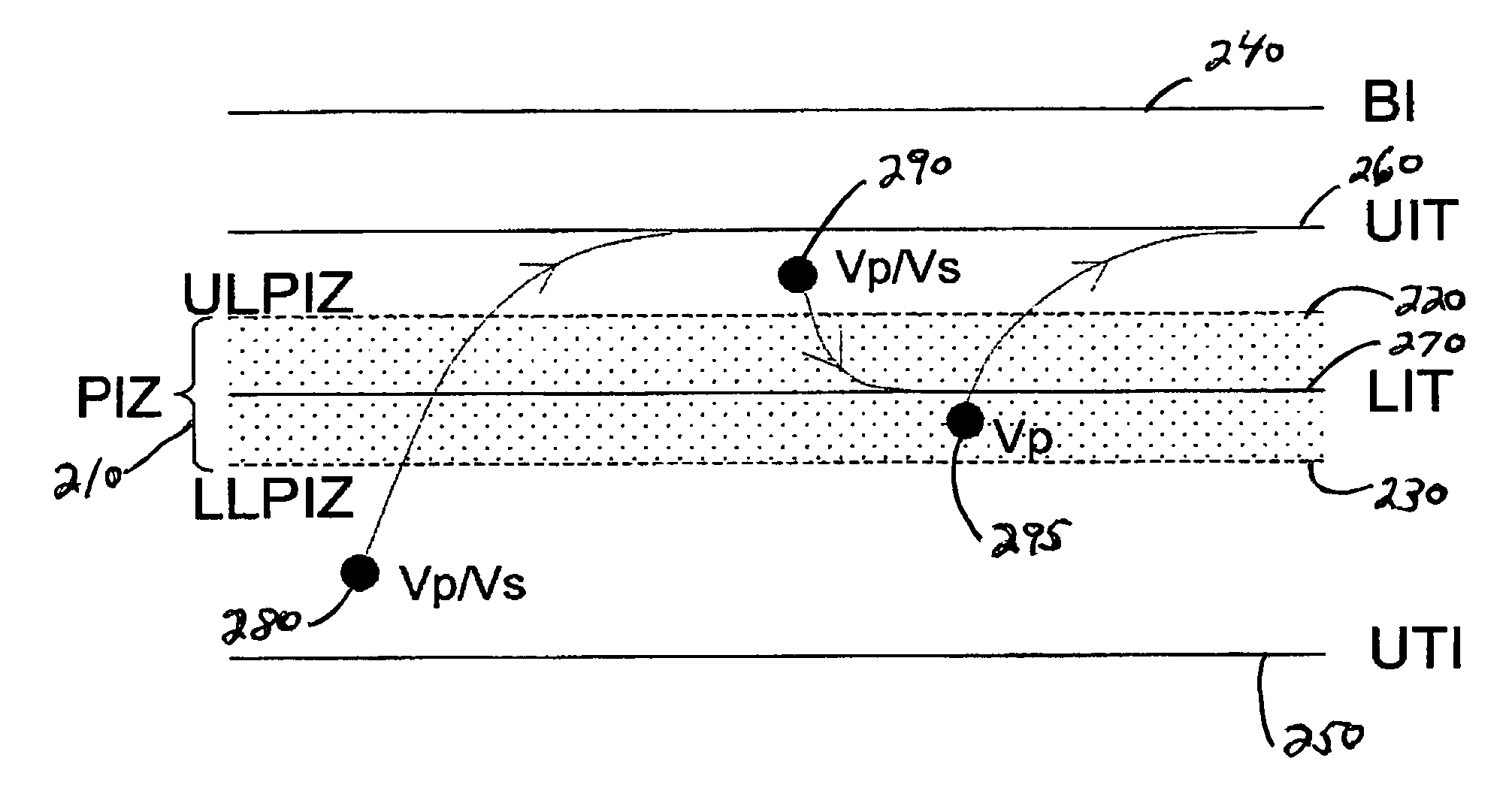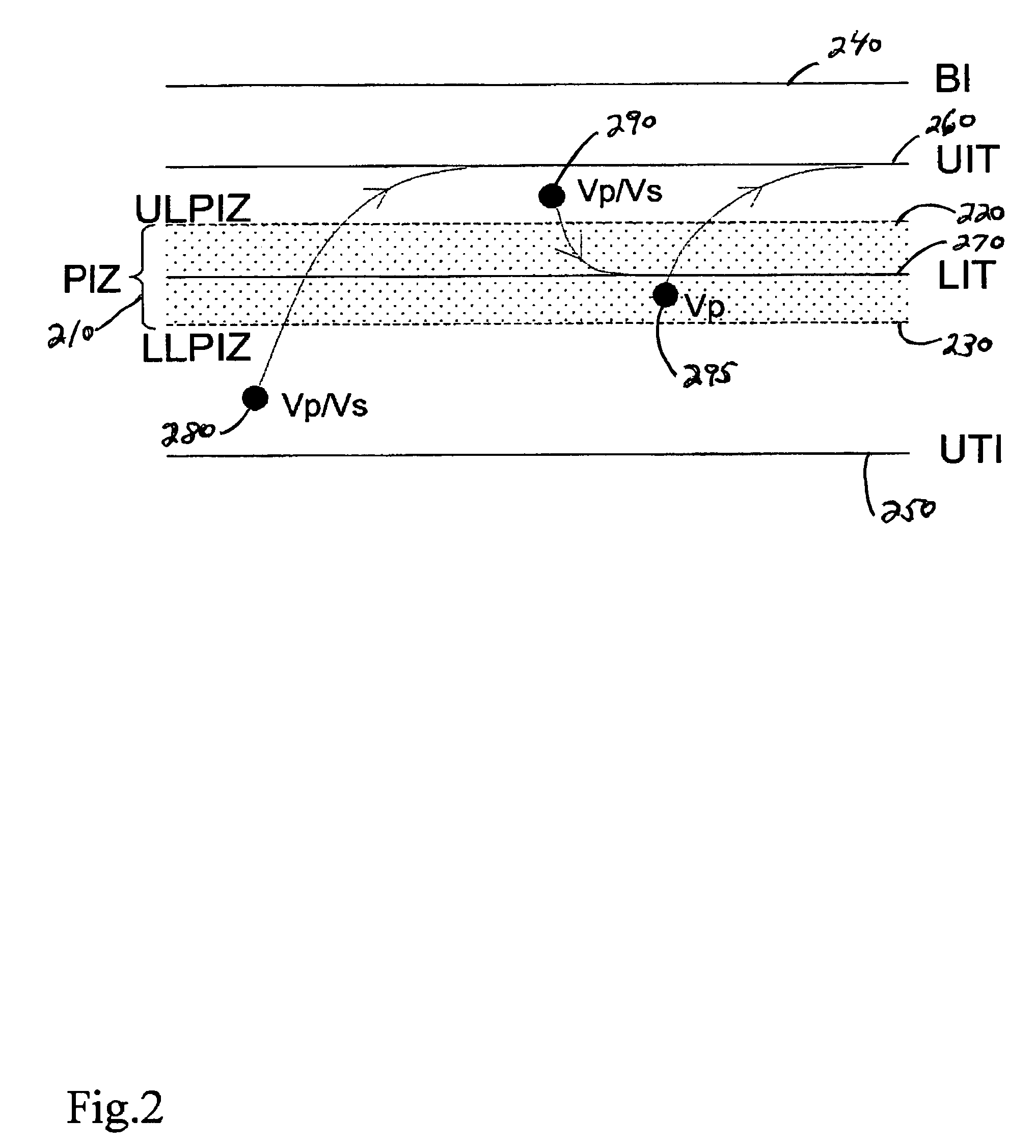Adaptive ventricular rate smoothing during atrial fibrillation
a technology of atrial fibrillation and smoothing, applied in the field of implantable medical devices, can solve the problems of synchronized pacing, too high ventricular rate, and causing lethal ventricular fibrillation
- Summary
- Abstract
- Description
- Claims
- Application Information
AI Technical Summary
Benefits of technology
Problems solved by technology
Method used
Image
Examples
Embodiment Construction
[0064]An embodiment of the present invention comprises an implantable medical device such as, for example, a pacemaker, or a cardioverter / defibrillator. The implantable medical devices includes a housing which contains an atrial and a ventricular sensing stage, a ventricular stimulation pulse generator, a ventricular pacing pulse timer, an atrial tachycardia / fibrillation detector, a ventricular rate determination stage, and a mode switching stage.
[0065]The sensing stages and the stimulation pulse generator are at least indirectly connected to a lead-connector (in a header) for an intracardiac sensing / pacing lead to receive electrical signals from the atrium and the ventricle of a heart and to deliver pacing pulses to the ventricle of the heart. The atrial sensing stage is further connected to the atrial tachycardia / fibrillation detector (ventricular sensing stage may as well be connected to A-tach / Fib Detector in order to eliminate far-field senses of ventricular events in the atriu...
PUM
 Login to View More
Login to View More Abstract
Description
Claims
Application Information
 Login to View More
Login to View More - R&D
- Intellectual Property
- Life Sciences
- Materials
- Tech Scout
- Unparalleled Data Quality
- Higher Quality Content
- 60% Fewer Hallucinations
Browse by: Latest US Patents, China's latest patents, Technical Efficacy Thesaurus, Application Domain, Technology Topic, Popular Technical Reports.
© 2025 PatSnap. All rights reserved.Legal|Privacy policy|Modern Slavery Act Transparency Statement|Sitemap|About US| Contact US: help@patsnap.com



